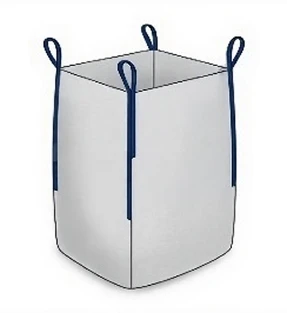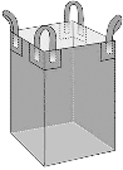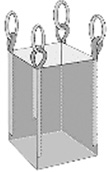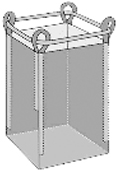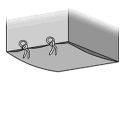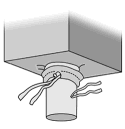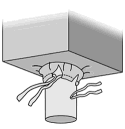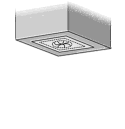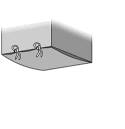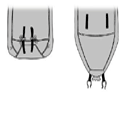I. Defining 6:1 and 8:1 SF
6:1 Safety Factor
The conventional prerequisite of a reusable bag. It has to be tested in order to resist six times its maximum Safe Working Load (SWL). Bags with certifications of 6:1 can be refilled in a few trips (usually 10-20), though they have to go through visual inspection every time they are filled.
8:1 Safety Factor
The Heavy-Duty benchmark of optimum endurance. Certified bags with an 8:1 ratio are constructed using the best materials and thus can cope with the most punishing handling as well as longest lifetimes, and thus provide optimum long-term value.
Reinforced Components
Multi-Trip bags with heavier Grams per Square Meter (GSM) fabric, heavier webbing on the lifting loops, and reinforced stitching at all stressed areas must be used to achieve these high SF ratings.
II. Durability for Repeated Use
The bag is designed to accept cumulative stresses of the repeated cycles of filling, lifting, discharging, and transporting, which involves:
UV Protection
When manufacturing anti-UV stabilizing additives, they are reinforced to guarantee that the fabric does not lose its tensile property over a long period of time, even when subjected to repeated outdoor conditions when being transported or stored between uses.
Abrasion Resistance
The bottom and sides are constructed of dense, high-denier material, which can withstand abrasion due to forklifts, storage floors, and material movement inside the building.
